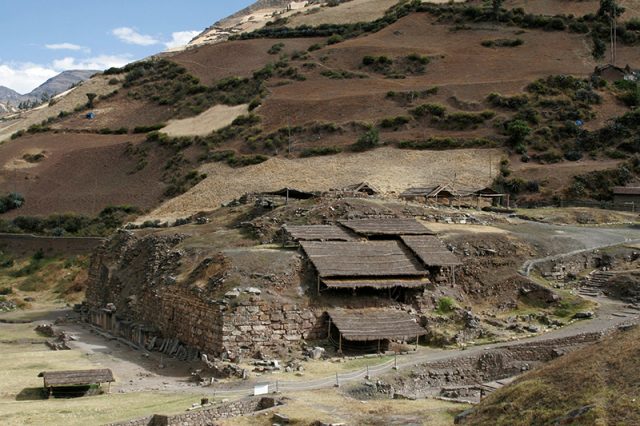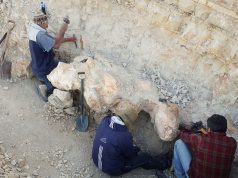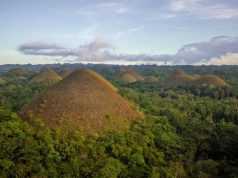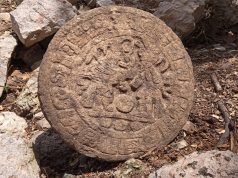
ANCASH, Peru— Archaeologists working in Peru have uncovered a 3,000-year-old sealed corridor dubbed “the condor’s passageway” that likely leads to other chambers inside what was once a massive temple complex pertaining to the ancient Chavin culture.
Located around 190 miles (306 km) northeast of Lima, the Chavin de Huantar archeological site is among the culture’s most important centers, thriving from around 1,500-550 B.C.
The Chavin are well-known for their advanced art, often featuring depictions of birds and felines. They date back to the first sedentary farming communities in the northern highlands of the Peruvian Andes, more than 2,000 years before the Inca Empire rose to power.
The latest Chavin discoveries focus on a hallway inside a southern portion of the temple that was sealed due to what archaeologists believe was its structural weakness, but that now offers a glimpse into the earliest days of the Chavin.
“What we have here has been frozen in time,” lead archeologist John Rick told Reuters.
A large ceramic piece weighing some 37 pounds (17 kg) decorated with what appears to be a condor’s head and wings has been found in the passageway, along with a ceramic bowl, both unearthed in May 2022 when the entrance was uncovered.
The condor, one of the largest birds in the world, was associated with power and prosperity in ancient Andean cultures.
The temple complex features terraces as well as a network of passageways, which have only recently been discovered.
Rick, a Stanford University archeologist, has said much of the temple complex remains to be excavated.
The entrance to the “condor’s passageway” was first explored by Rick’s team using cameras mounted on robots, seeking to negotiate the debris that once filled it as well as avoiding the risk of further collapse of the ancient architecture.
The United Nations’ educational, scientific and cultural arm UNESCO declared Chavin de Huantar a world heritage site in 1985.
—Reporting by Carlos Valdez; Additional reporting by Marion Giraldo; Writing by David Alire Garcia; Editing by Rosalba O’Brien









